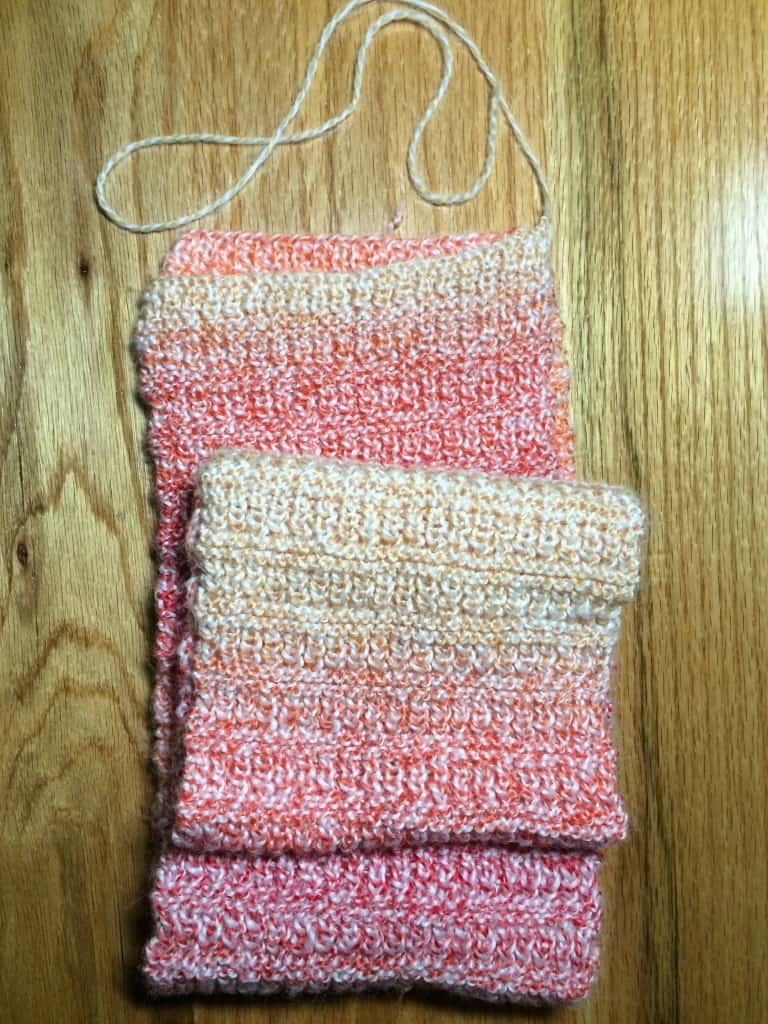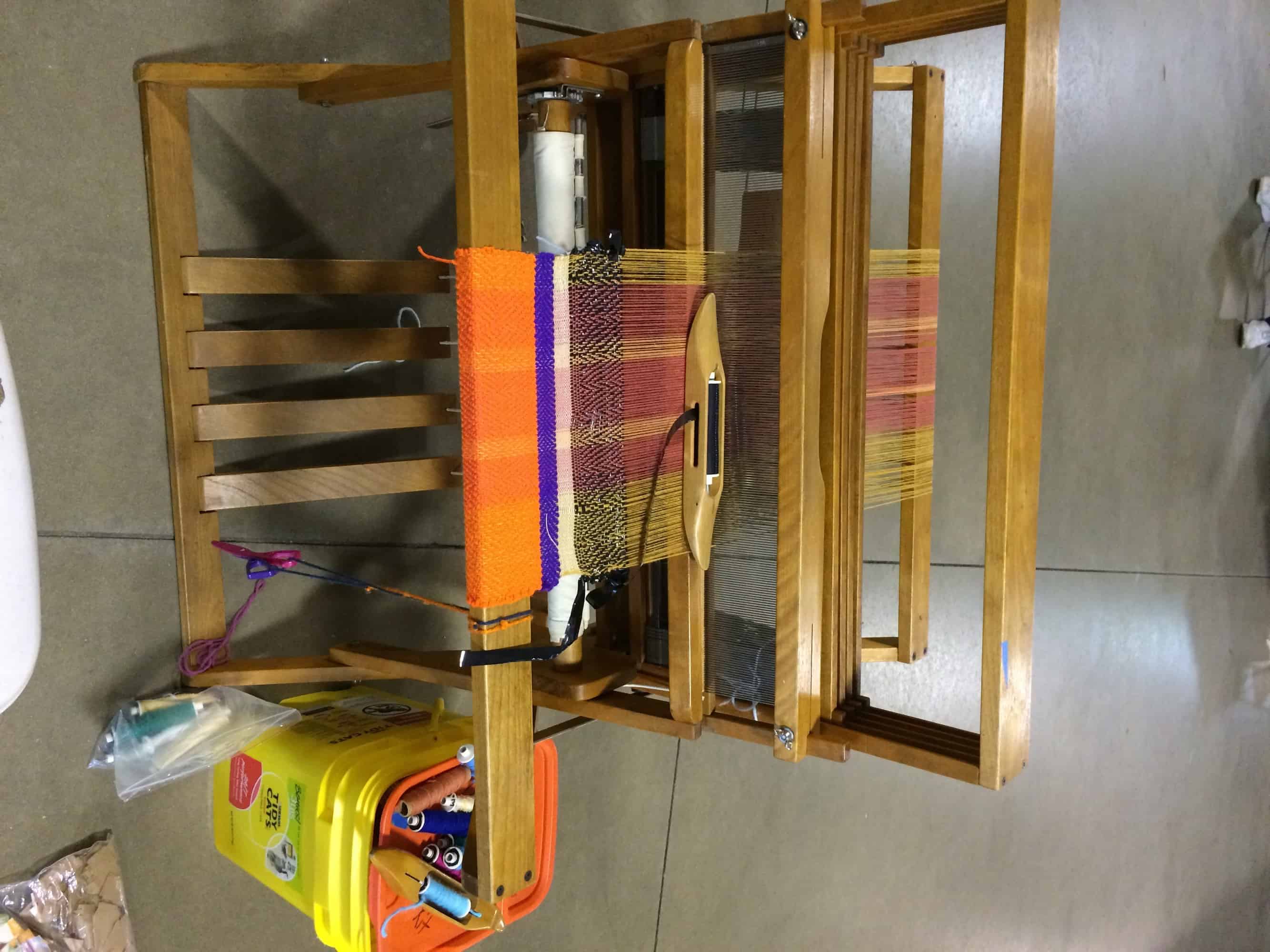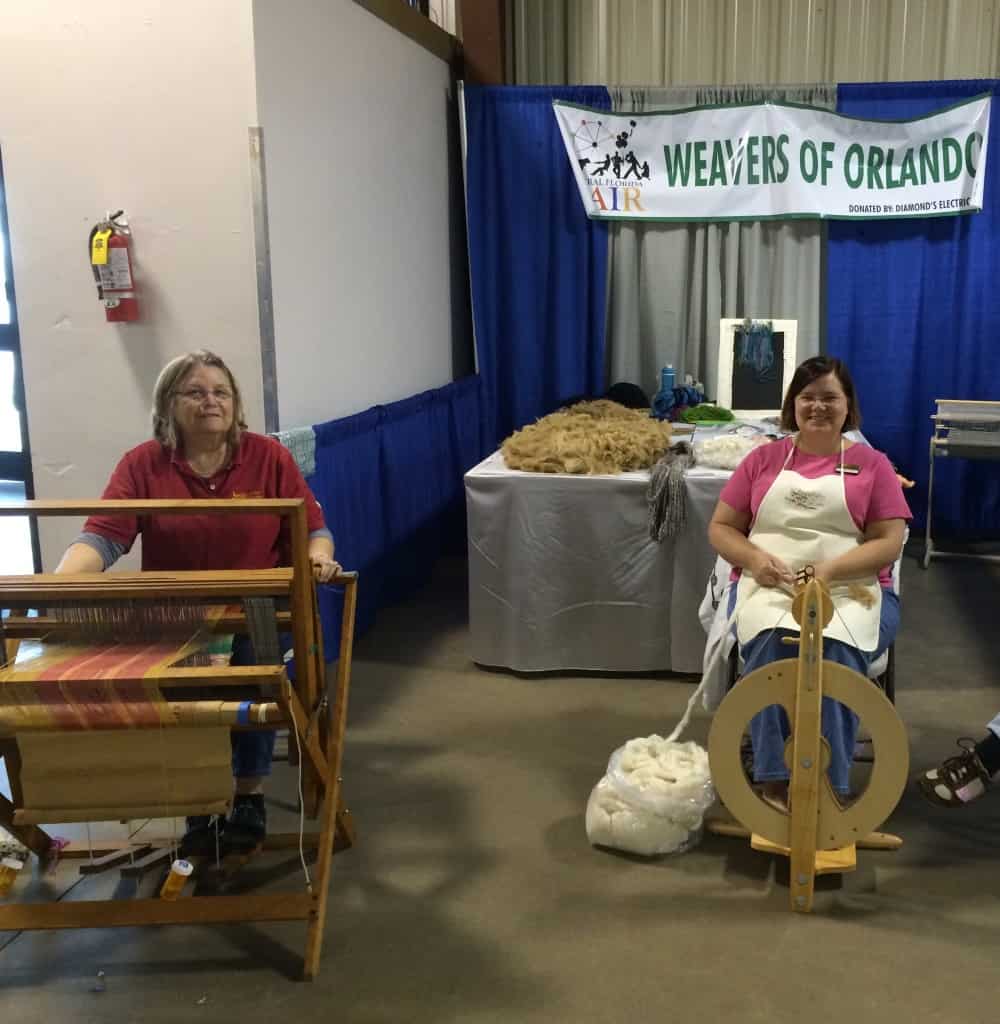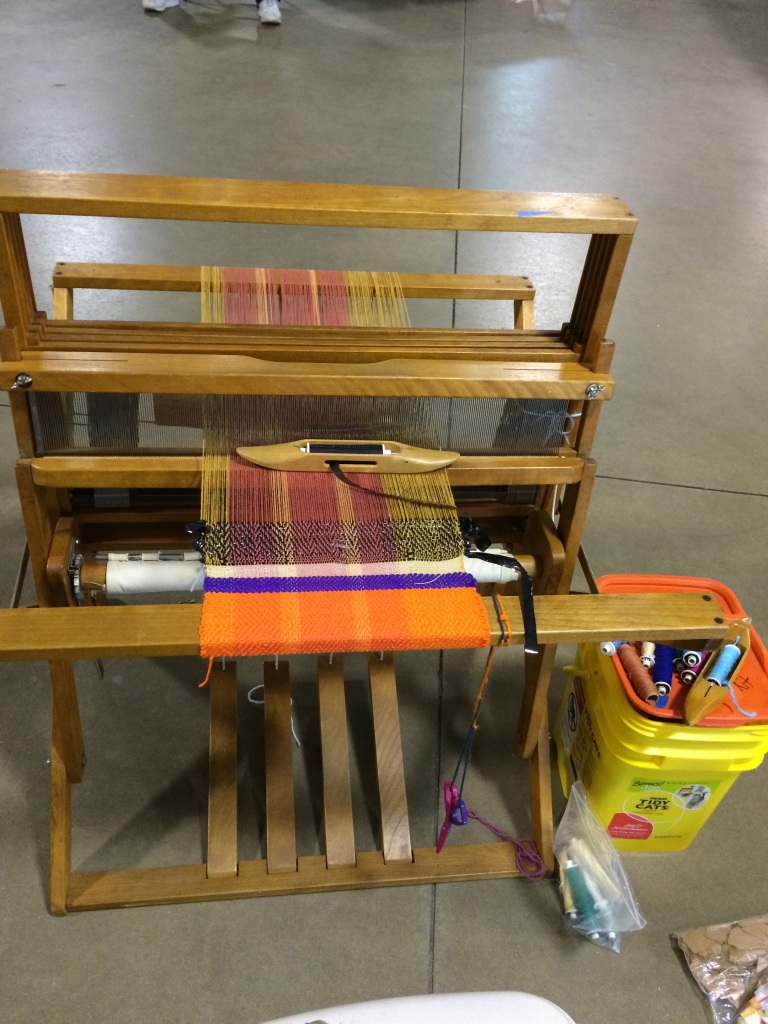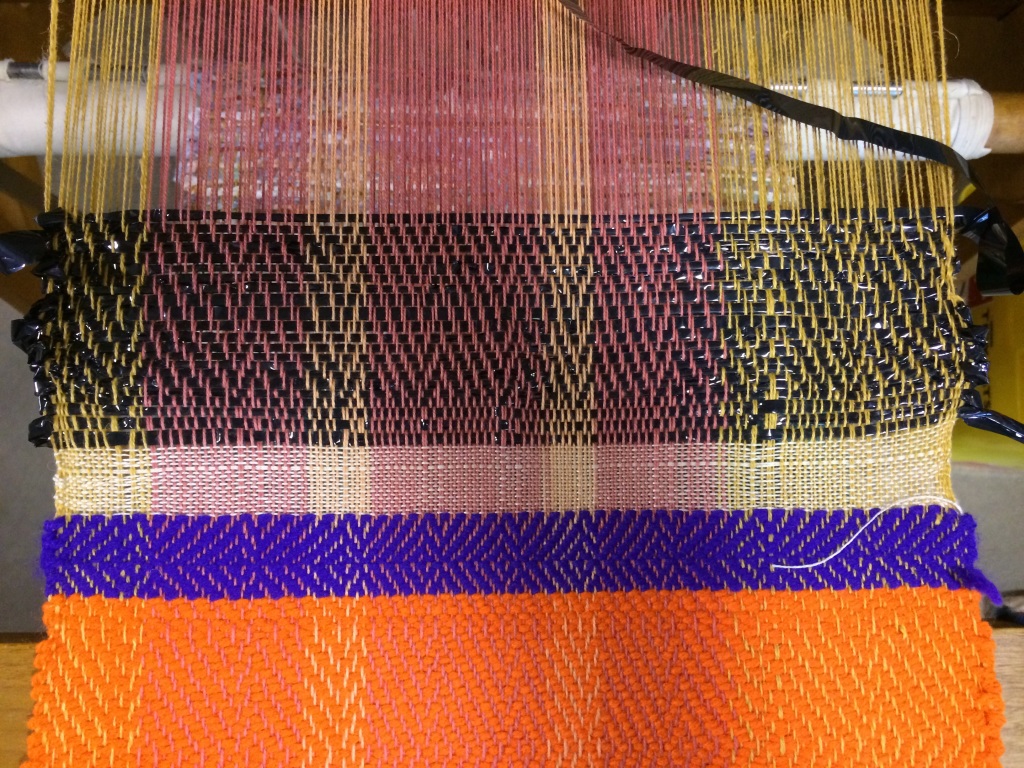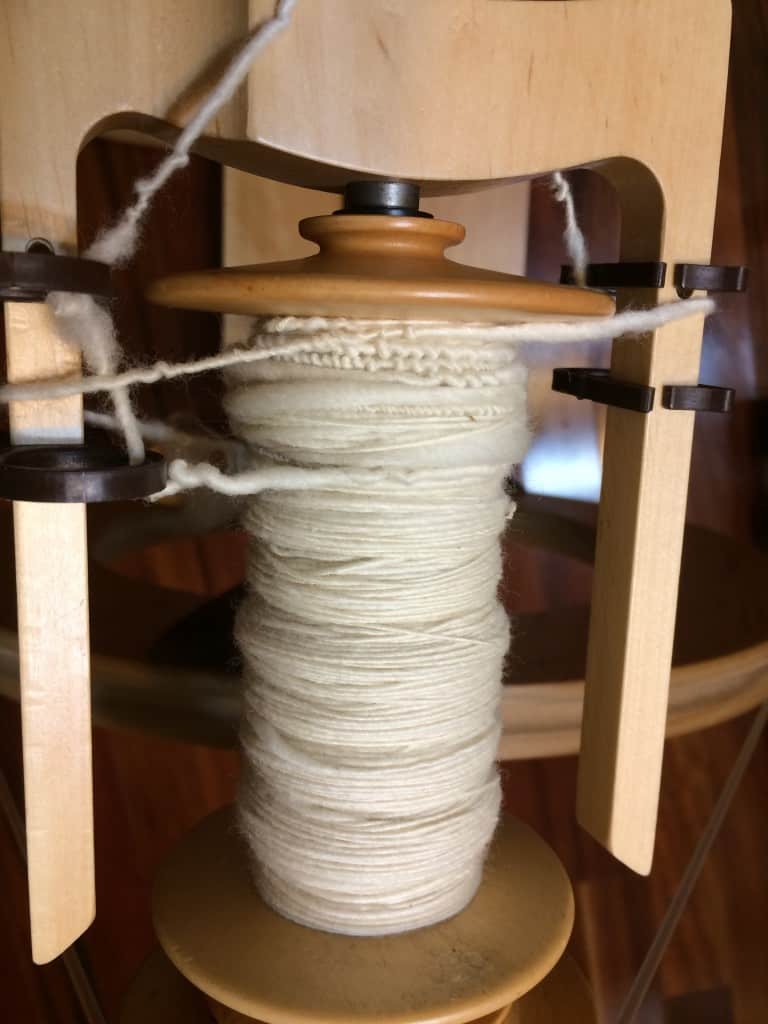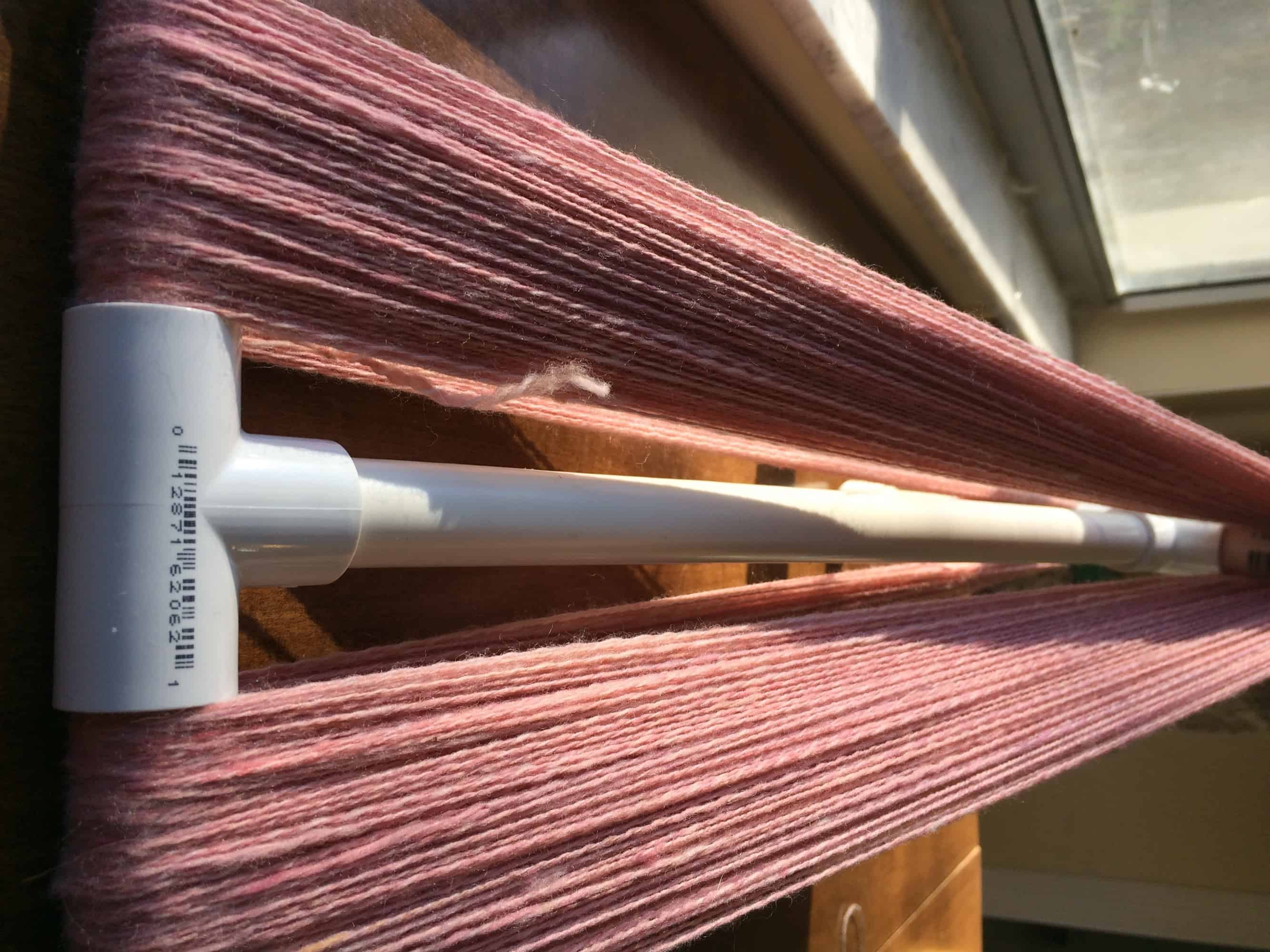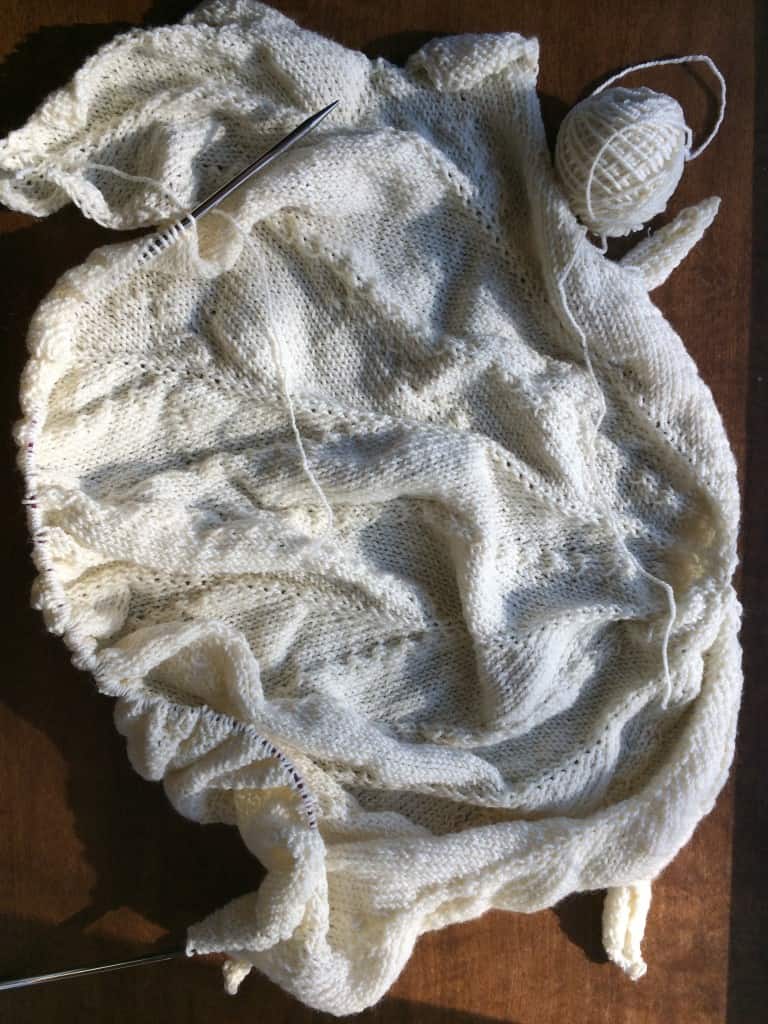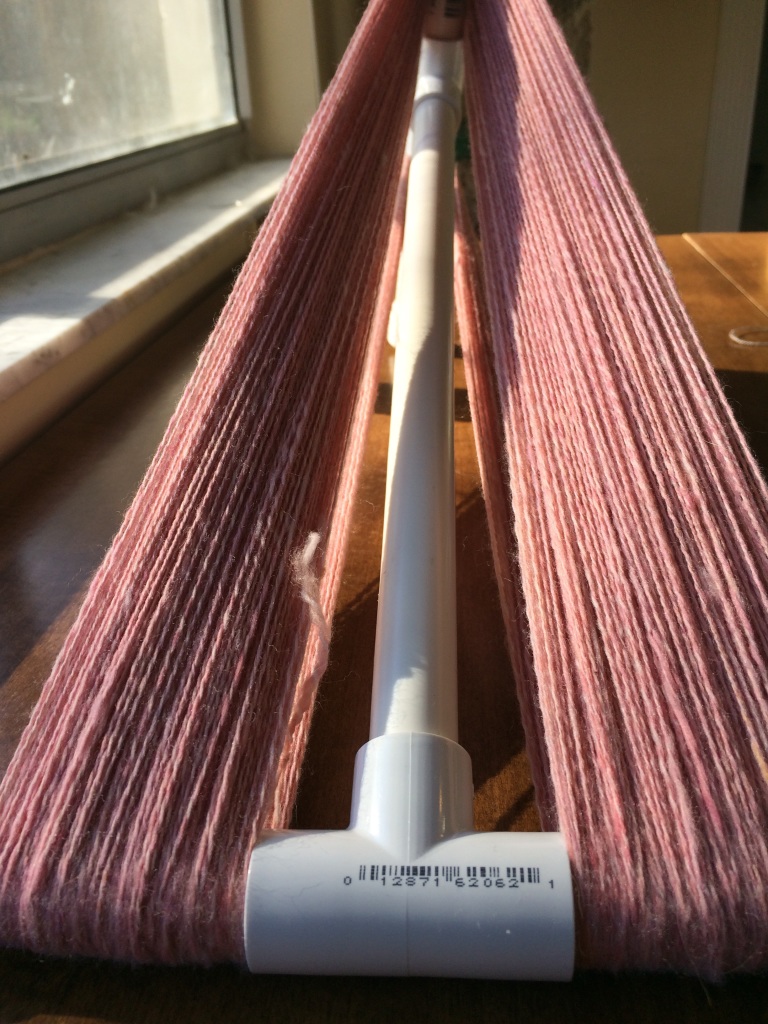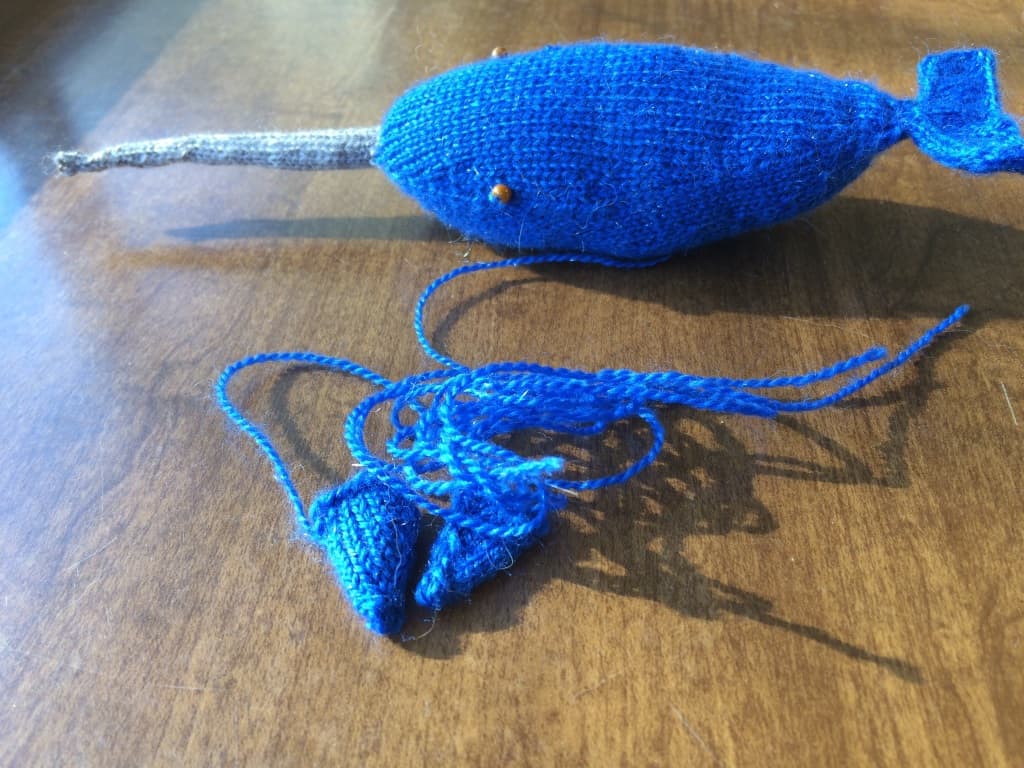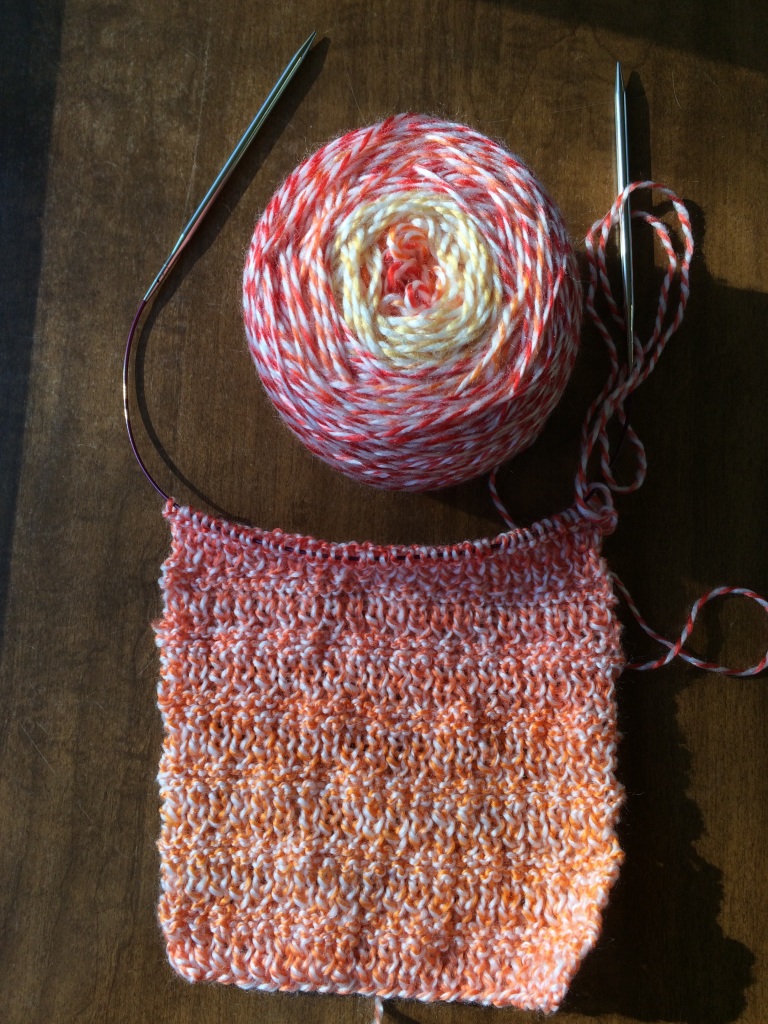A couple weeks ago, I paid for The Knitting Guild Association‘s Master Hand Knitting Level 1 course. I’ve been a dues paying member of The Knitting Guild Association for a year and a half. When I first joined, I did it because I wanted to do the Master Hand Knitting course, but when I read the requirements, it just seemed like too much work to fit into my life at that time. I hadn’t really thought about it since, but I was catching up on podcasts yesterday, including Mastering the Knits (website, Ravelry group, iTunes), a podcast in which the two hosts discuss their progress on the Master Hand Knitting course. The podcast reminded me that I wanted to do this, so I signed up! I now have a year to complete the Level 1 course. Well, technically, I can take as long as I want; if I take longer than a year and the instructions change in the interim, I have to use the updated instructions rather than the set that I currently have.
The Master Hand Knitting program consists of 3 levels. For each level, you prepare a binder of materials and submit it for review. You can not move on to the next level until your binder has been reviewed and approved. The Level 1 binder has 7 sections: Cover Letter, a copy of the instructions, a report on blocking (2 to 4 single-spaced pages), 17 swatches with information sheets, answers to questions about the various techniques used in creating the swatches, a pair of mittens knit to specifications provided in the instructions, and a list of the references used in preparing all the other sections.
In the last couple weeks, I’ve read the entire instruction packet, making notes as I went. I selected the yarn I will be using for the swatches. I did not have appropriate yarn in my stash (light-colored, worsted, 100% wool), so I ordered some from my LYS. I’ve collected several references for the blocking report — I already owned several books with relevant information — and watched the Craftsy class Blocking Handknits with Kate Atherley (Affiliate link), which I purchased specifically so that I could use it as a reference in my report. Today I put together the binder, printed a clean copy of the instructions, and put it in place.
I plan to do the research for the blocking report and write the first part of it by the end of this month. I can’t write the entire blocking report until I finish the swatches, because the report must include a description of my methodology for blocking them. However, I can write the general part of the report, covering the various techniques and purposes of blocking. I’ll start the swatches in April. I’m not sure how long it will take me to work through the entire Level 1 instructions. I already possess all the knitting skills required for Level 1; there’s nothing in here that I have to learn just to do the course. I’d like to move through this level as quickly as possible because of that. I know I don’t currently possess all the knitting skills required in Levels 2 and 3, so expect those to take me longer to complete since I will learn as I go. Level 1 is really just a matter of prioritizing the work. I will, of course, write regular updates regarding my progress and the things I learn along the way! I’ll use the tags Master Knitter and Master Knitter Level 1 on these posts.



